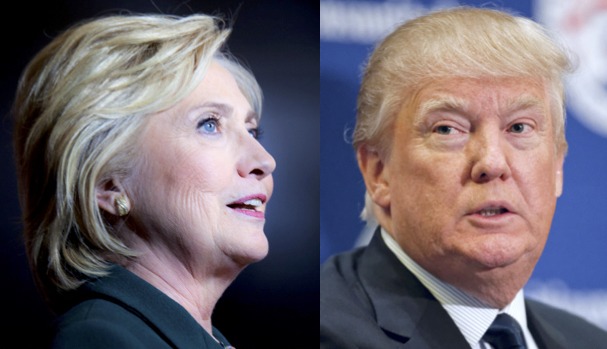Now we know why Donald Trump “won” all four surprise swing states by the same one percent

Just days after the 2016 election, Palmer Report began documenting the various ways in which the voting results didn’t make any mathematical or statistical sense. It wasn’t impossible for Donald Trump to have won, but it was impossible for him to have won in the way that he won. One of the things that stood out was Trump’s margin of surprise victory in the four swing states that decided the election. Now we finally have some real world insight from the Senate Intelligence Committee into why that margin was so mathematically suspicious.
Not only did Donald Trump pull off upset victories in Wisconsin, Michigan, Pennsylvania, and Florida, he won them all by right around one percent. Naturally occurring statistical results would have had Trump winning one of the states by one percent, one of them by 2.3 percent, one of them by 0.6 percent, and so on. If a football team pulled off four upset victories in a row, and they were all by the same 23-10 score, you’d scratch your head, because numbers don’t work that way in the real world. So why would Trump have won all four of these states by the same margin? It turns out the margin couldn’t have gone any lower.
The Senate Intel Committee released a bipartisan report this week which confirmed that Russian hackers penetrated voter registration data in key states, and were in position to alter or delete voter registration data. So now we know it wasn’t a matter of the hackers breaking in on election night and rewriting the vote totals. Instead the hackers broke in beforehand and sabotaged the registration data for just enough targeted voters so as to keep them from being able to vote when they showed up.
This meant the Russian hackers couldn’t have known exactly what the voting results were going to be when they broke in and began disqualifying voters in advance. They surely had access to the internal polling that the Republican National Committee was doing for the Donald Trump campaign. These kinds of internal polls are based on far more detailed knowledge about voters to begin with, and therefore tend to be far more precise than publicly available polling. But even with that knowledge, the hackers would have needed to give themselves a small margin of error, just in case those polls were slightly off.
In other words, the Russian hackers couldn’t merely delete enough voter registrations to put Donald Trump over the top by, let’s say a thousand votes in each state. They didn’t know precisely what the voting results would end up being, so they couldn’t cut it that close. That’s why none of those four surprise swing states were decided by margins like 0.1% or 0.6%, like you would expect to see in a natural distribution of four close victories. The bottom line: the Russians made sure Donald Trump “won” each of those states by at least one percent, in case the polling data they were working with was slightly off. You’re not just imagining it: the vote totals were rigged.
